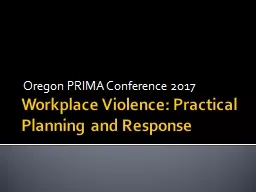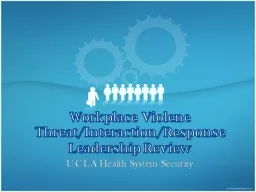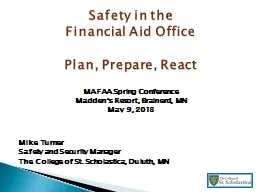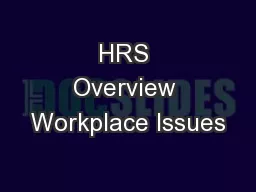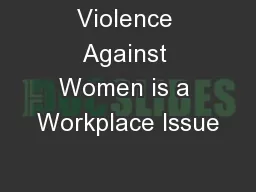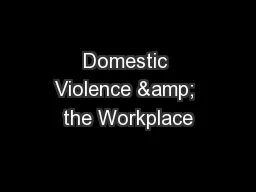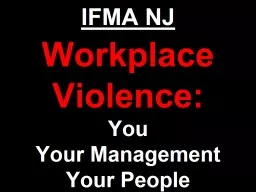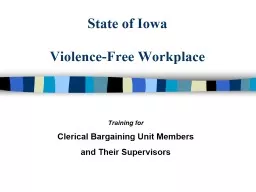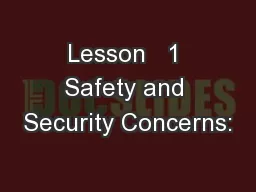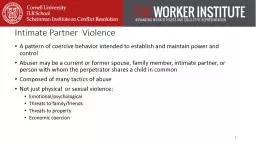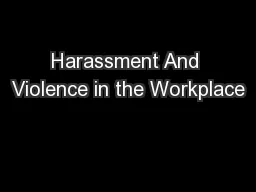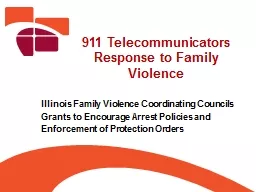PPT-Workplace Violence: Practical Planning and Response
Author : stefany-barnette | Published Date : 2018-03-17
Oregon PRIMA Conference 2017 First Things First Establish policy and protocols addressing workplace violence including domestic violence Establish a reporting process
Presentation Embed Code
Download Presentation
Download Presentation The PPT/PDF document "Workplace Violence: Practical Planning a..." is the property of its rightful owner. Permission is granted to download and print the materials on this website for personal, non-commercial use only, and to display it on your personal computer provided you do not modify the materials and that you retain all copyright notices contained in the materials. By downloading content from our website, you accept the terms of this agreement.
Workplace Violence: Practical Planning and Response: Transcript
Download Rules Of Document
"Workplace Violence: Practical Planning and Response"The content belongs to its owner. You may download and print it for personal use, without modification, and keep all copyright notices. By downloading, you agree to these terms.
Related Documents

